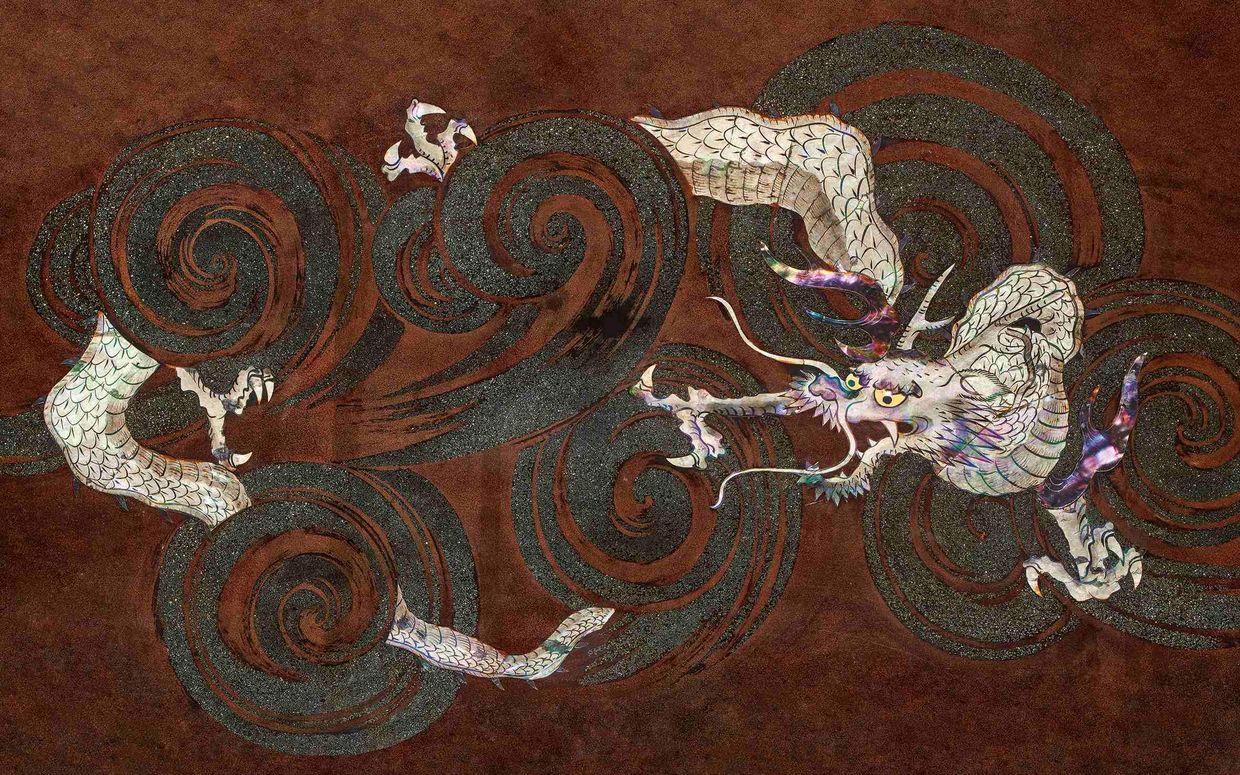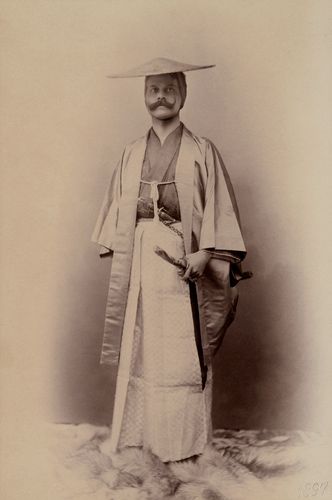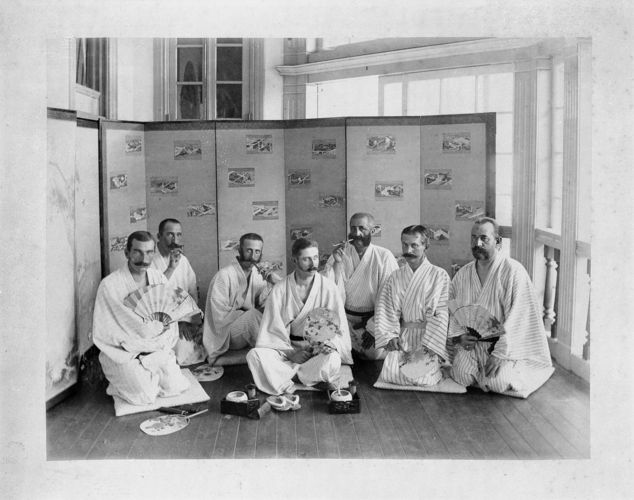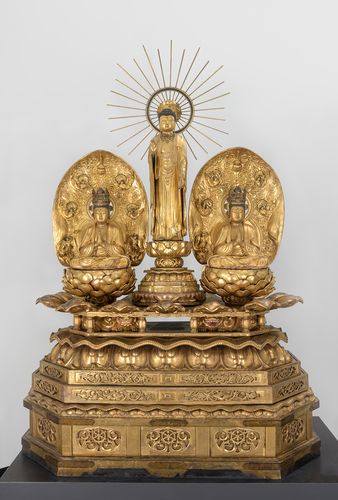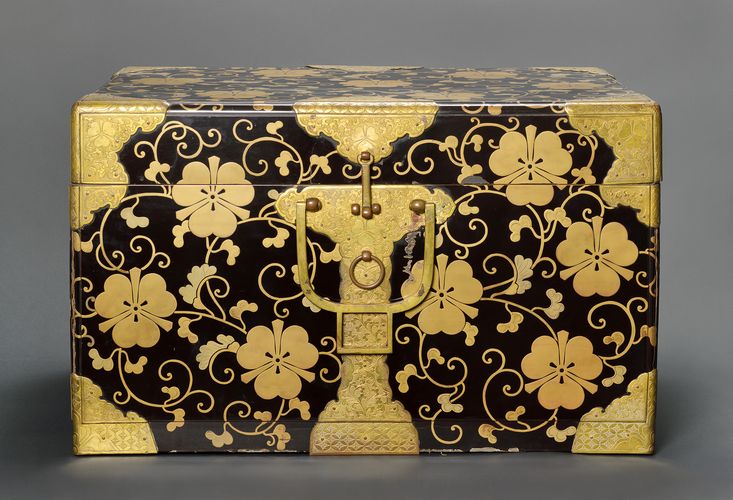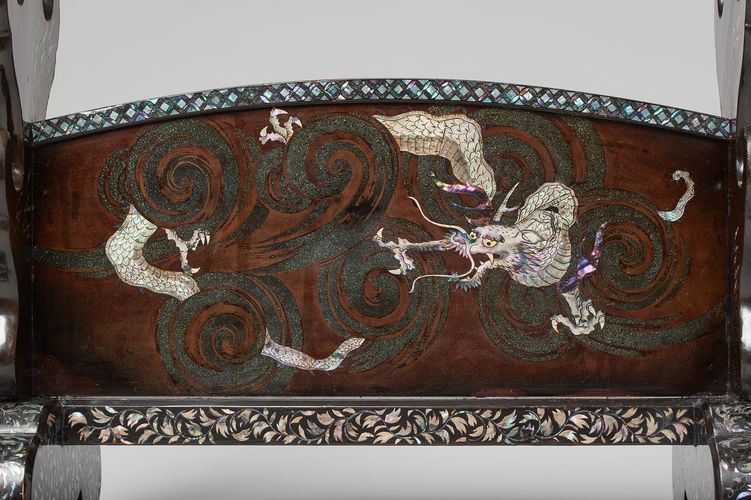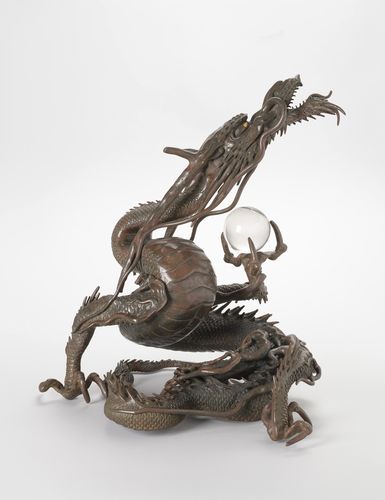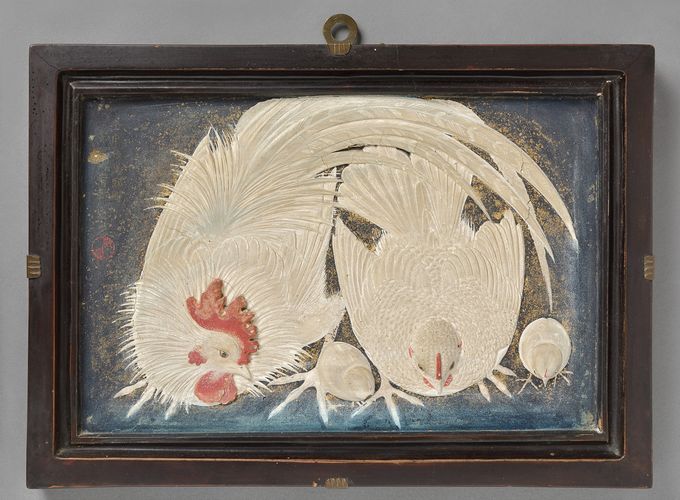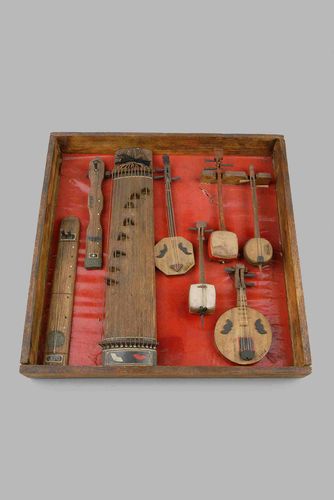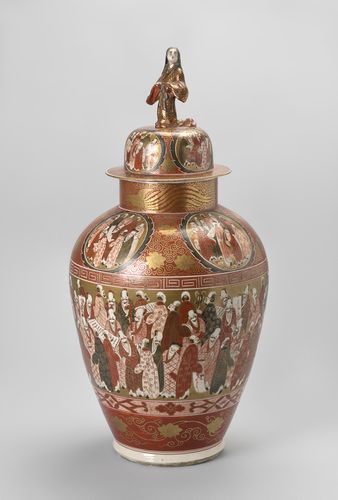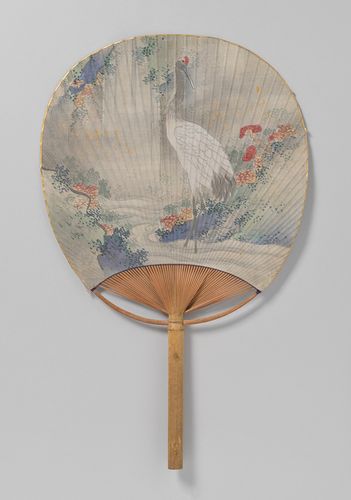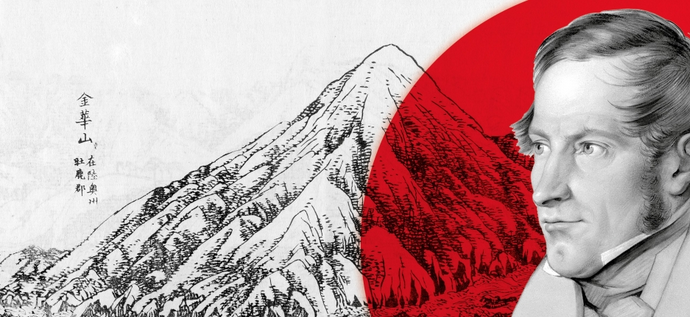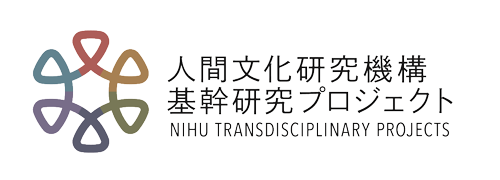About the exhibition
The exhibition is based on three historical photographs from the 19th century, which show how the collection was set-up at the family's private residence. Films show how this set-up was reconstructed using the object mapping technique , giving an impression of the original installation. At the same time, the objects will be displayed in five exhibition rooms and presented with a current assessment of the historical value of a Meiji-era collection. A catalogue and an accompanying book in German and Japanese will be published for the exhibition. A symposium on Heinrich von Siebold and his collection will take place in March 2020.
The exhibition also presents the results of a joint research project with the National Museum of Japanese History.
Daily (except Monday)
10 am to 6 pm
Tuesday
10 am to 9 pm
Neue Hofburg, Heldenplatz
1010 Vienna, Austria

